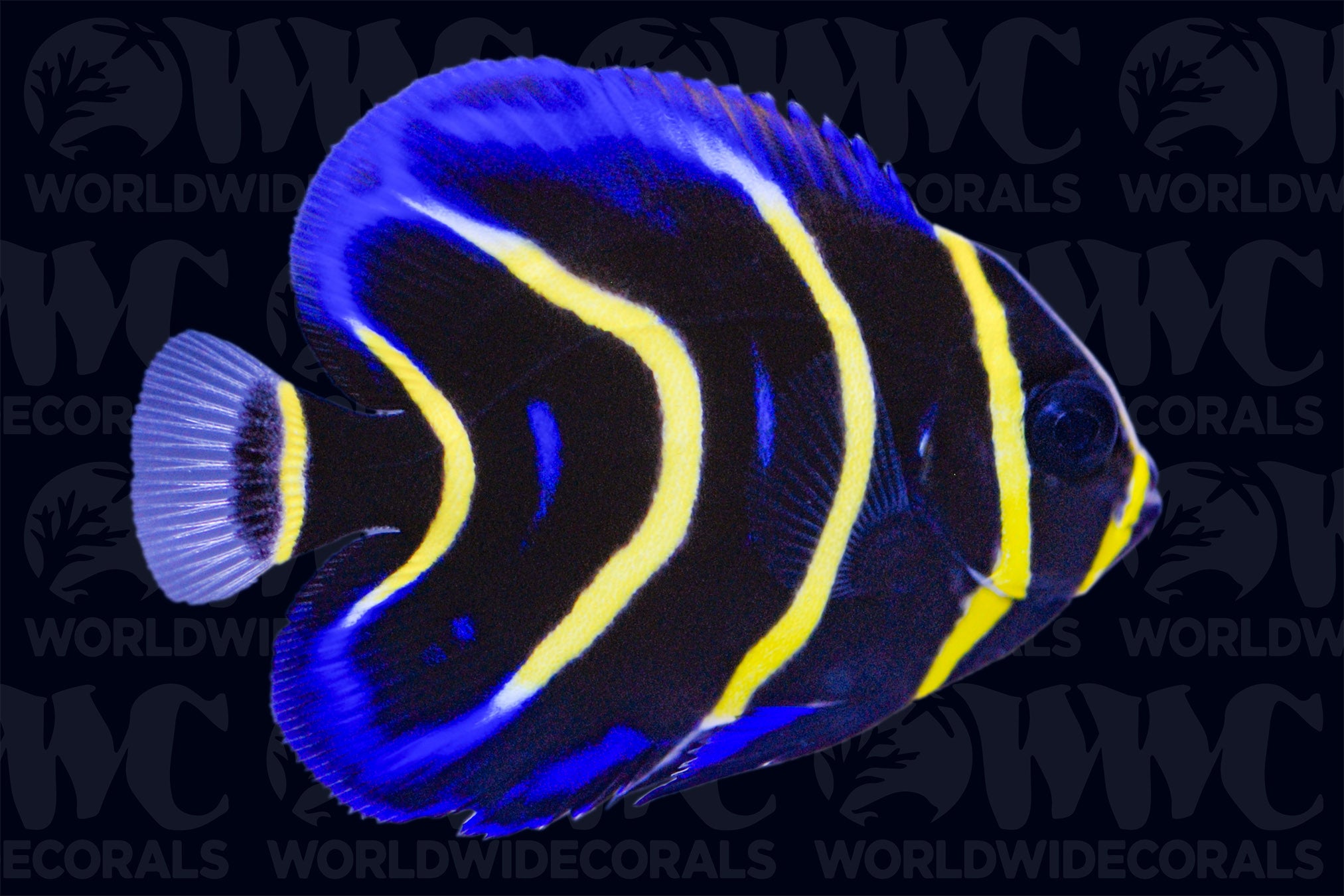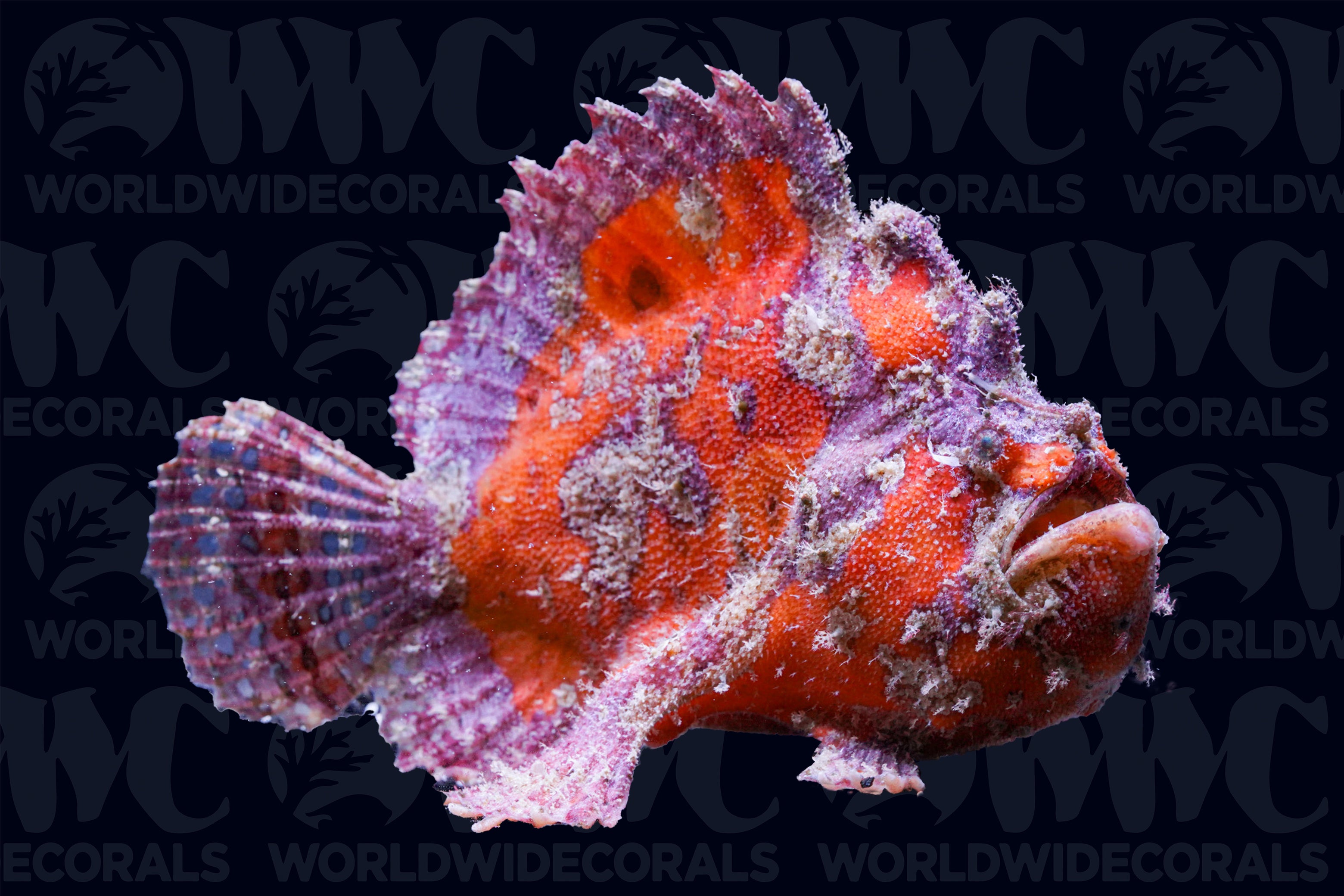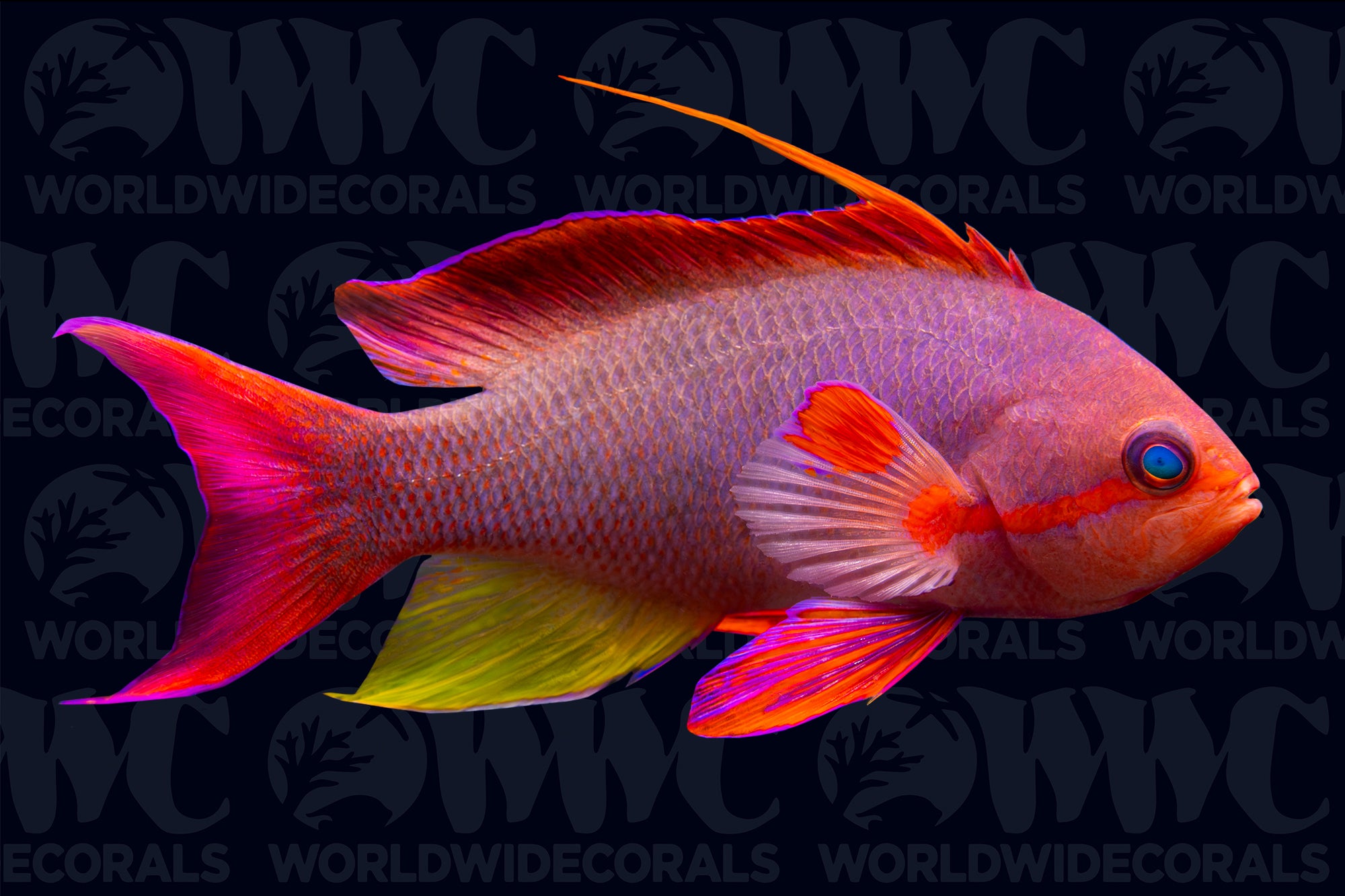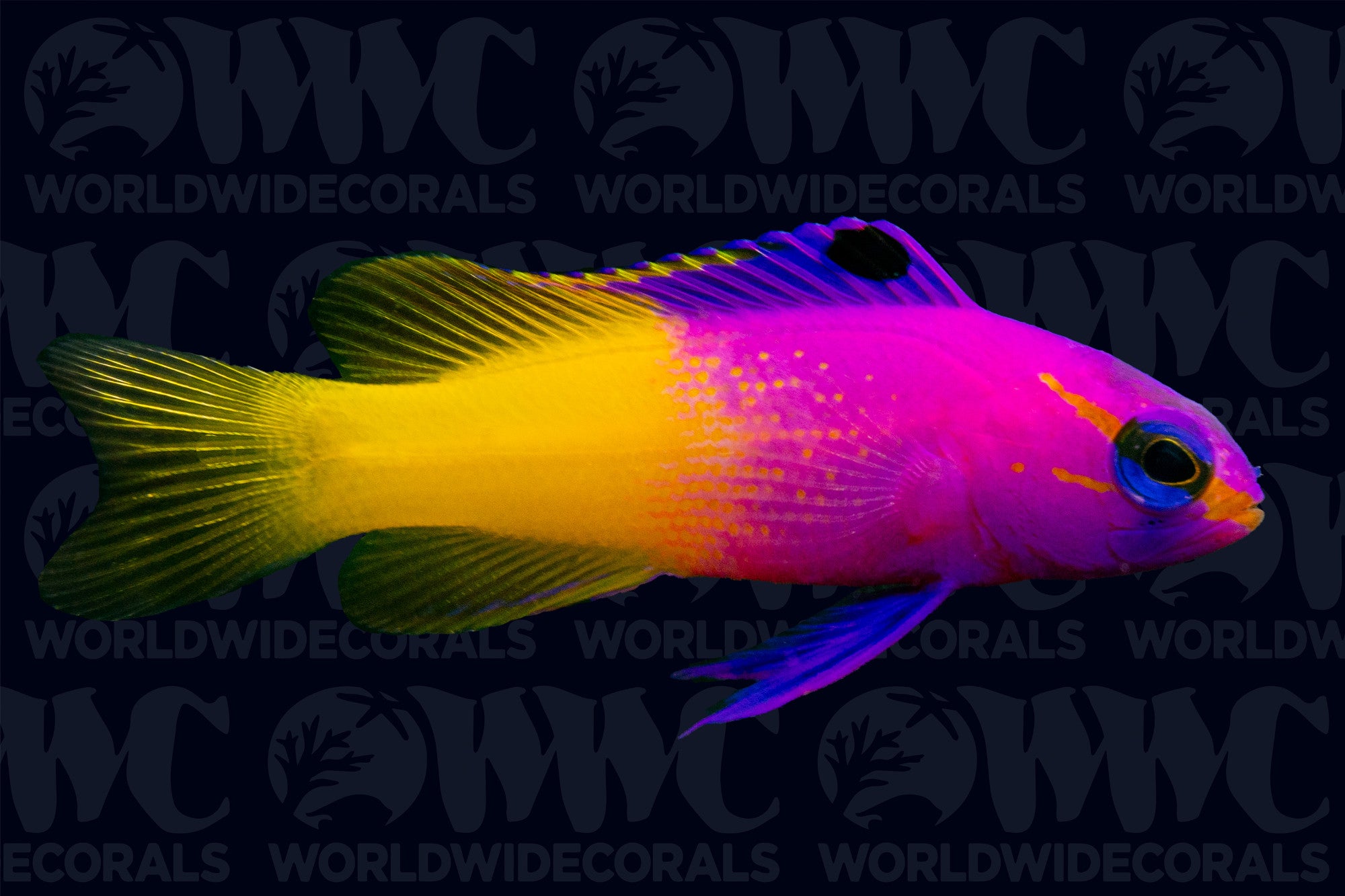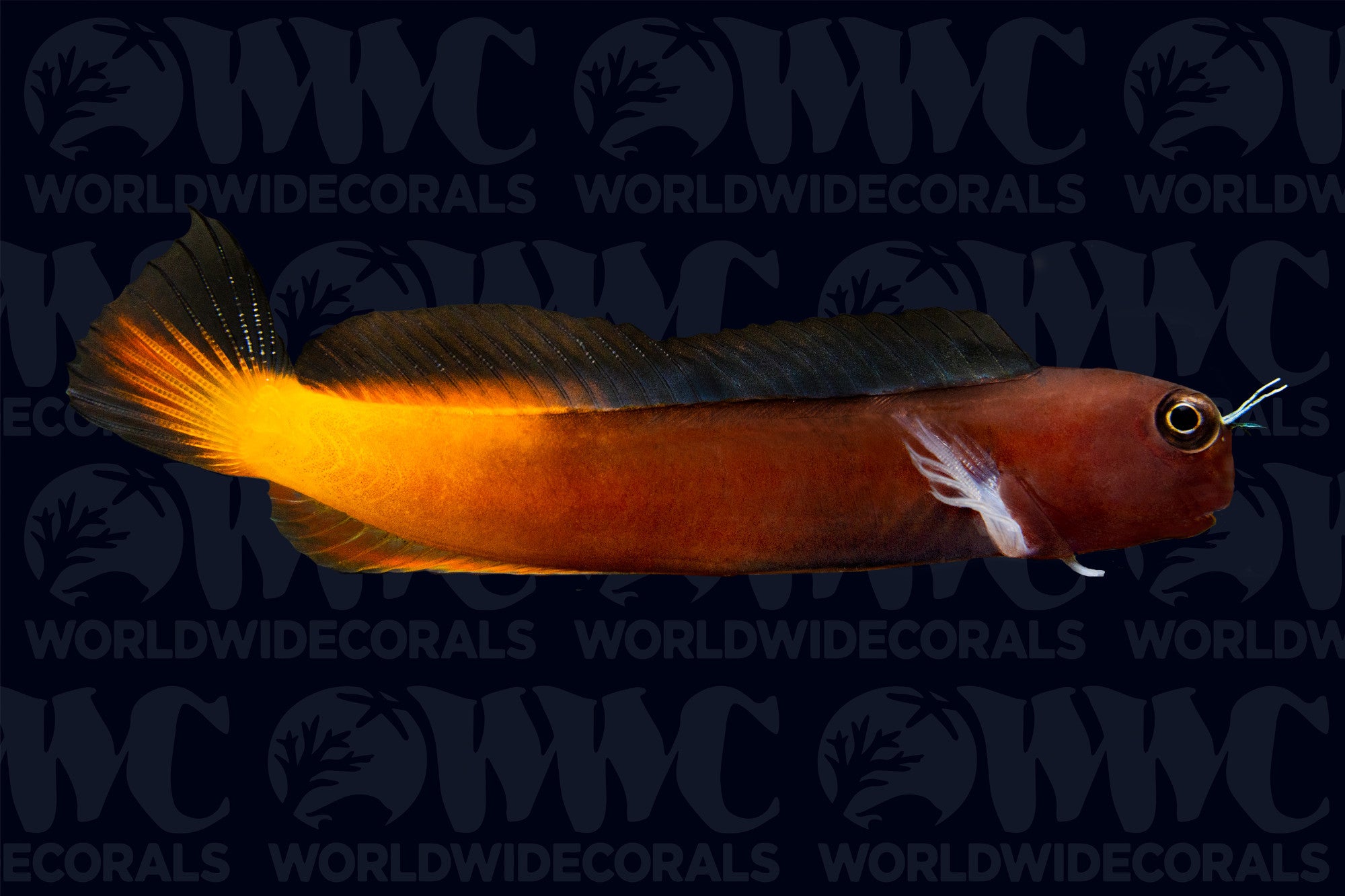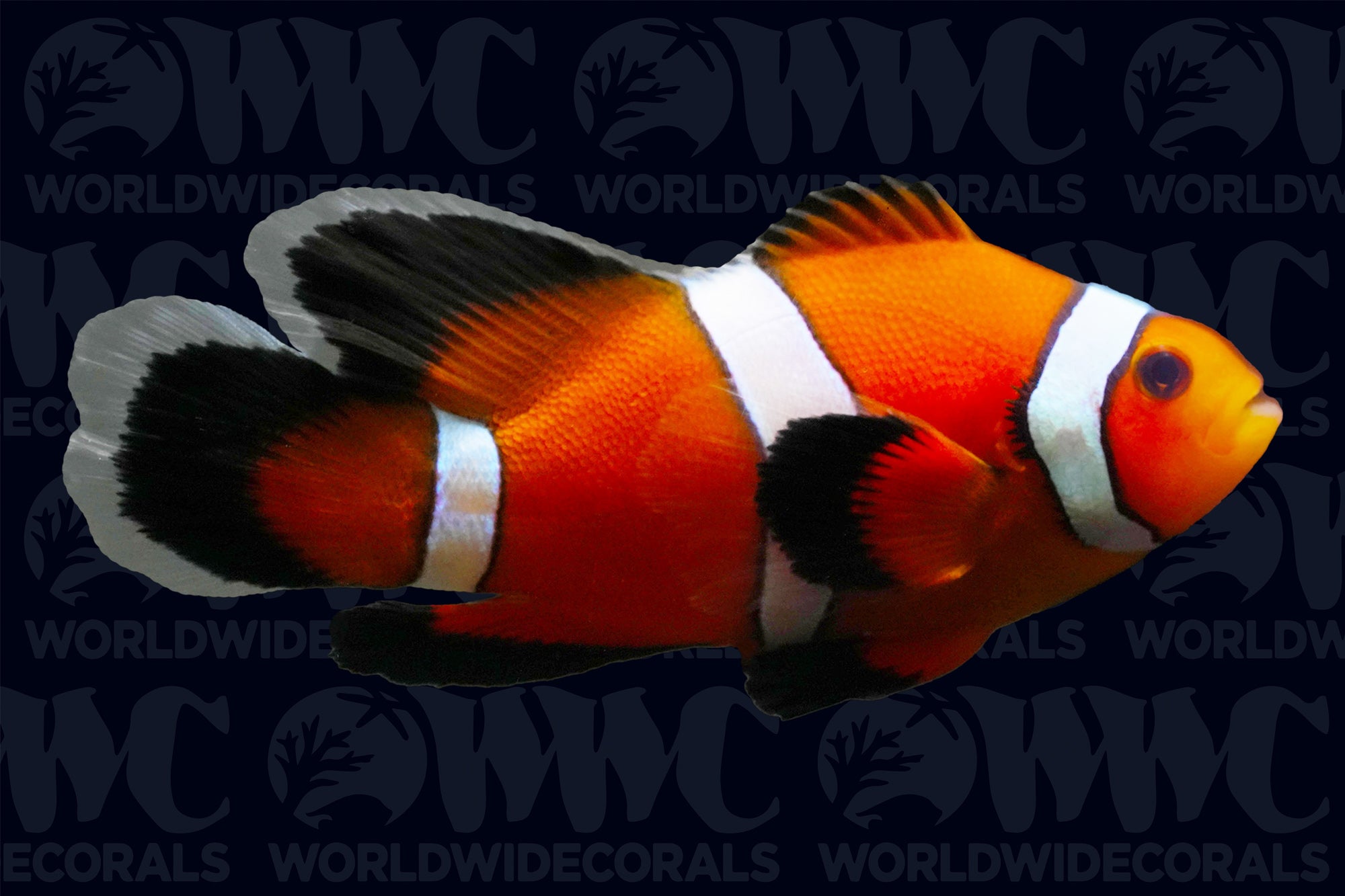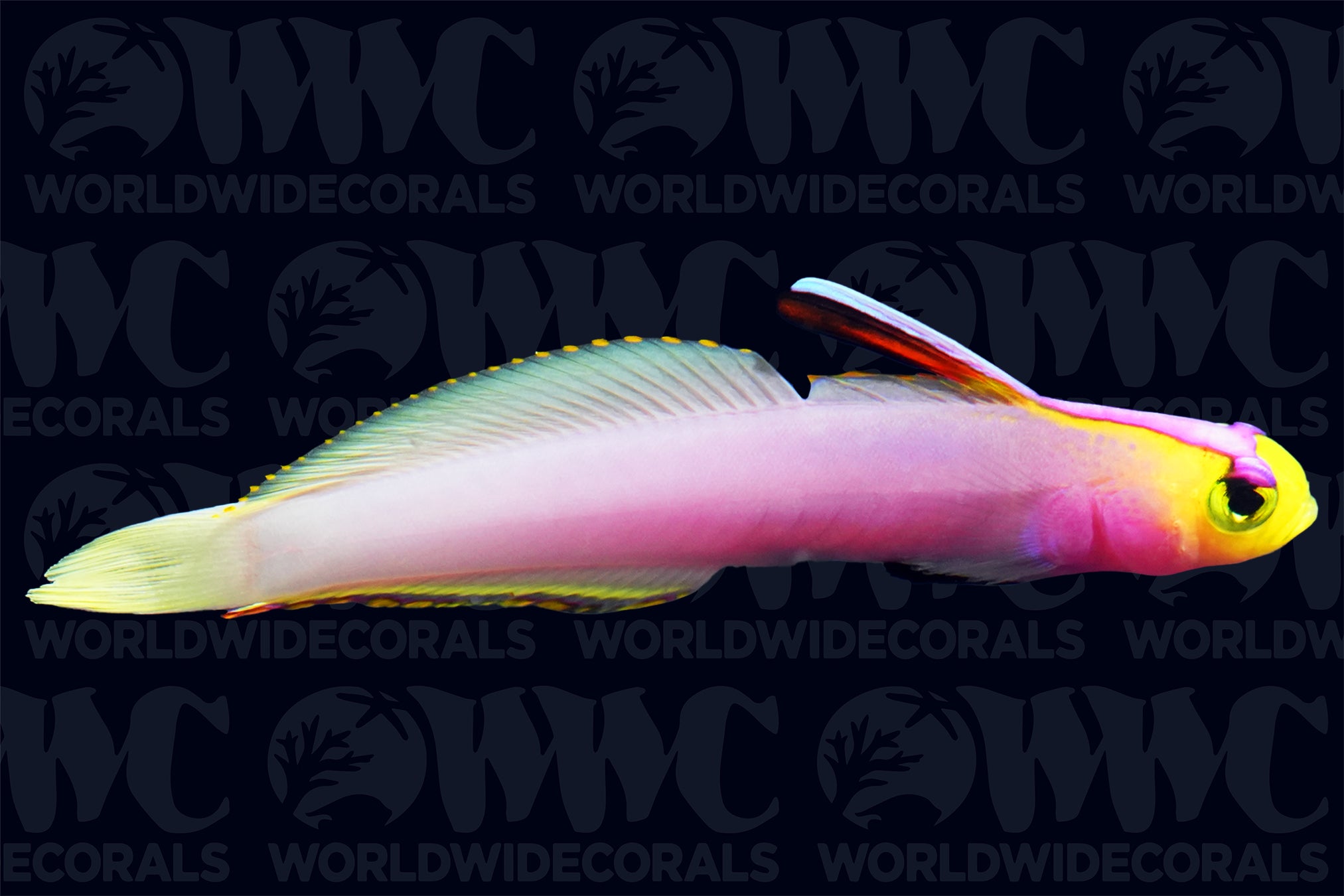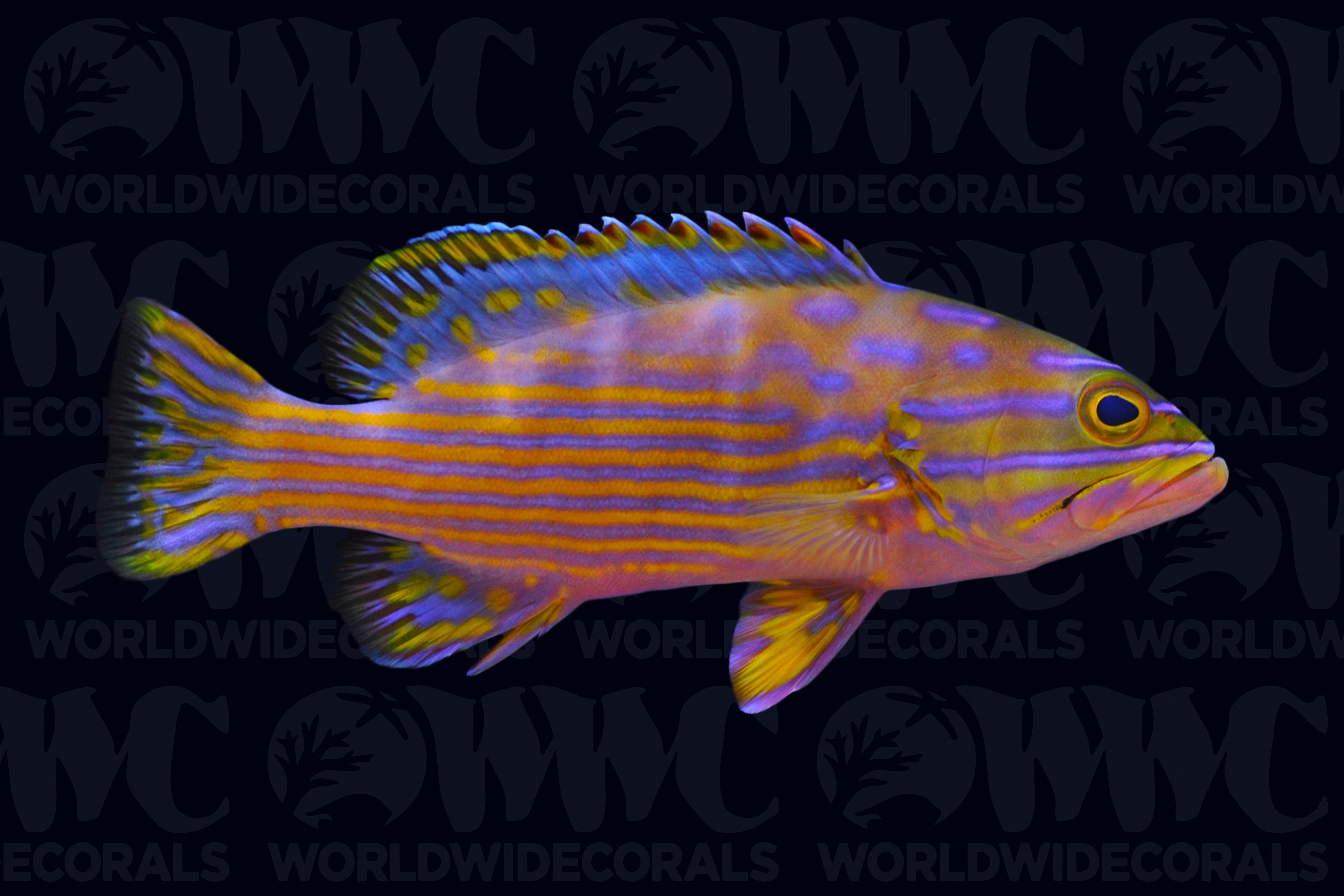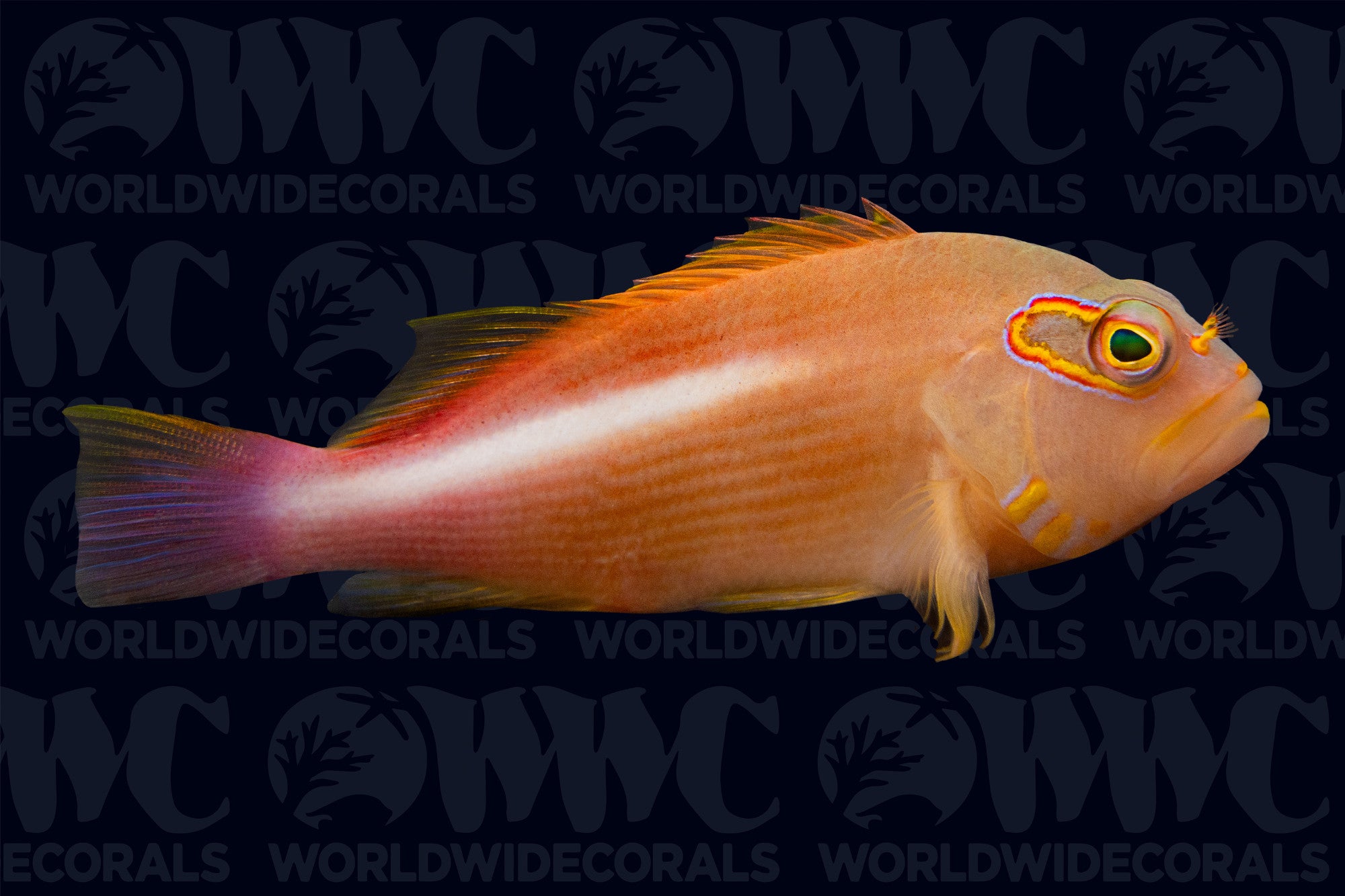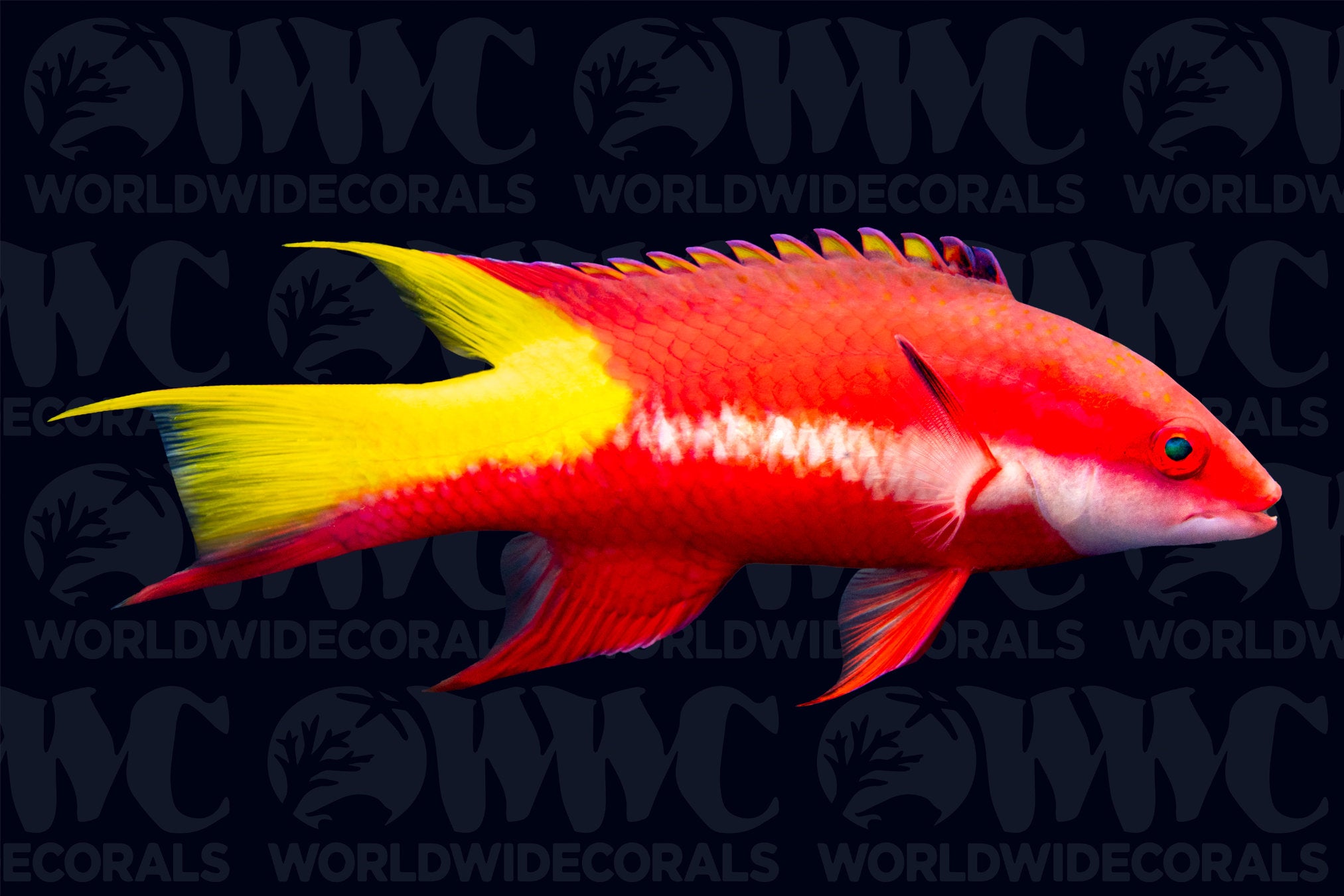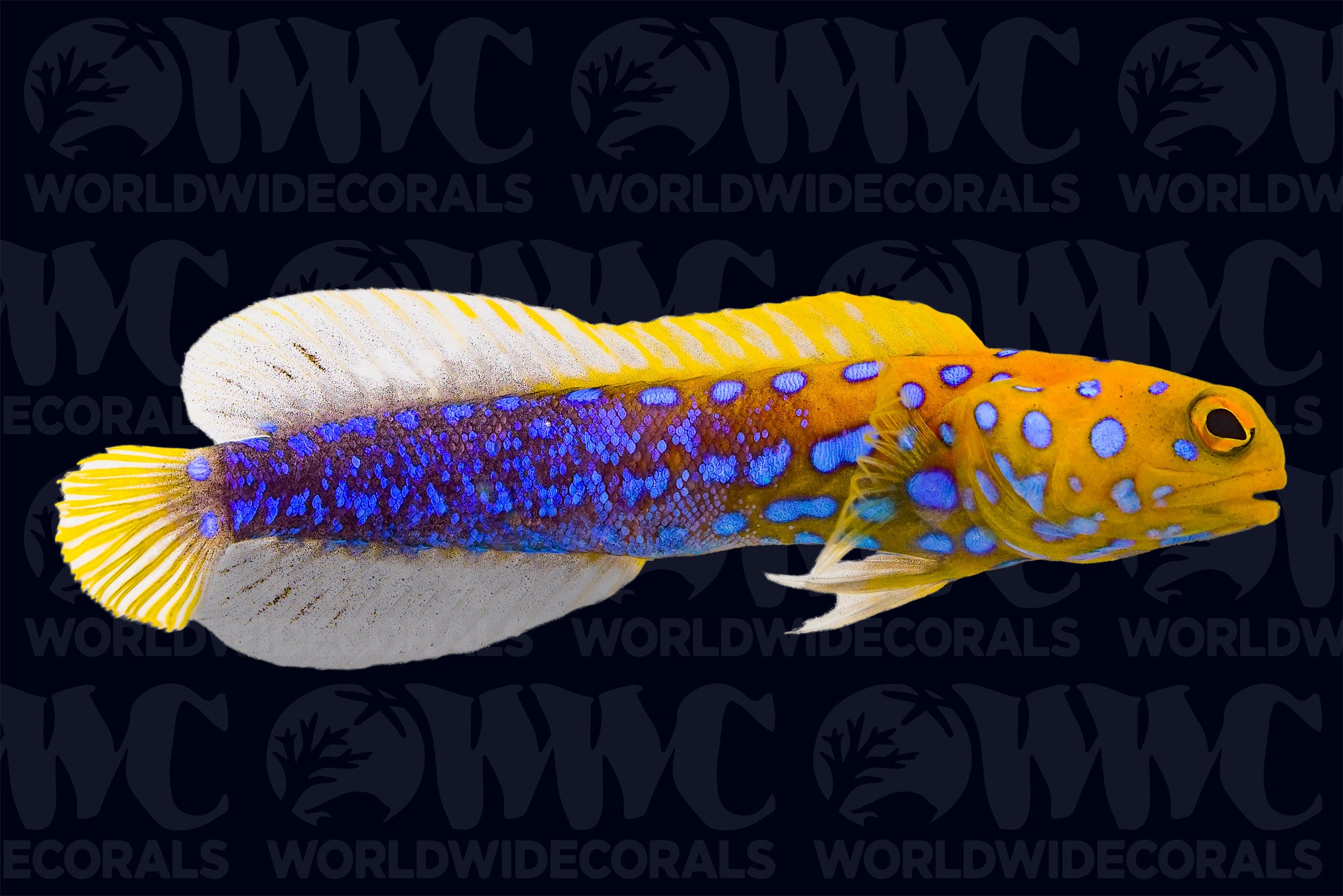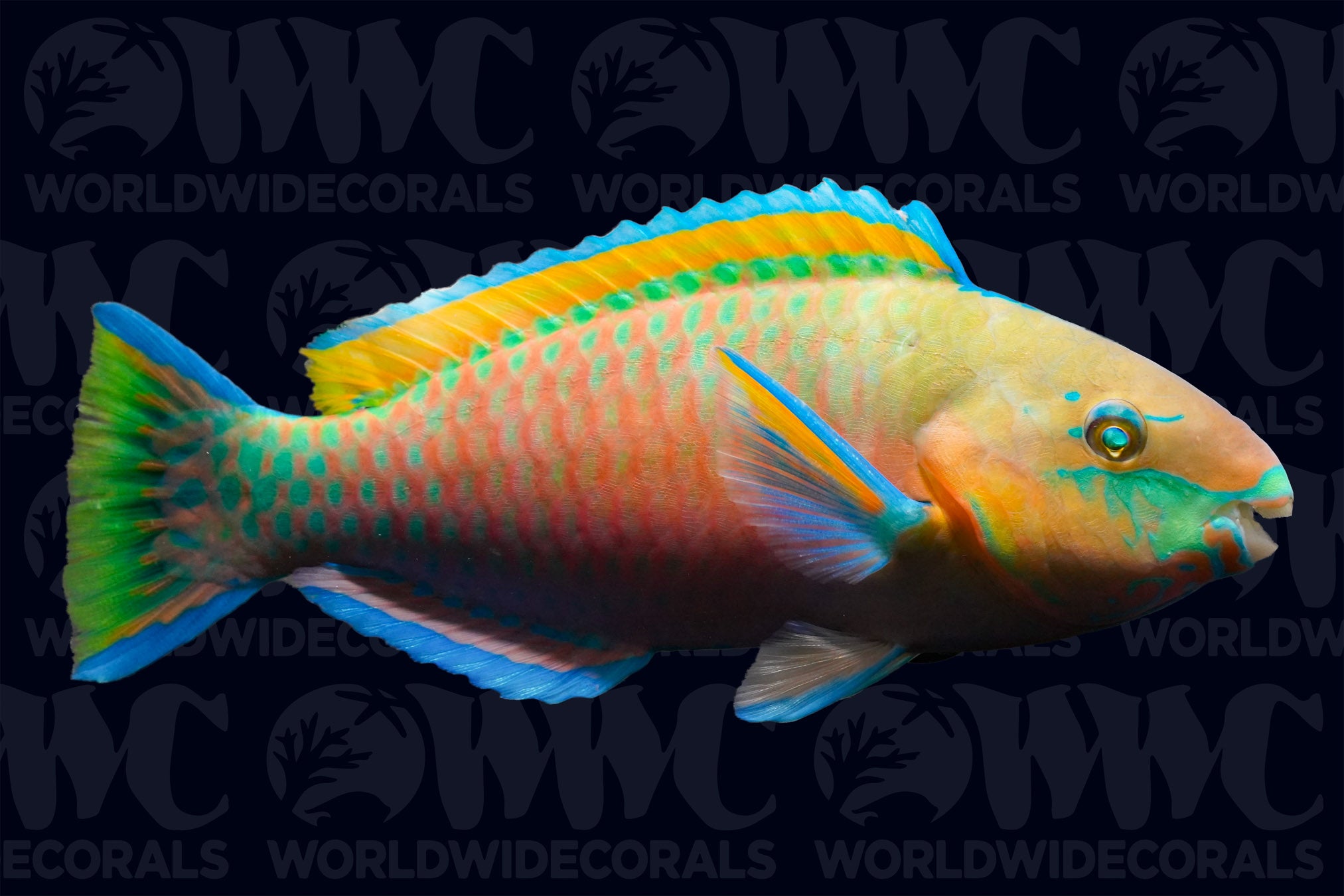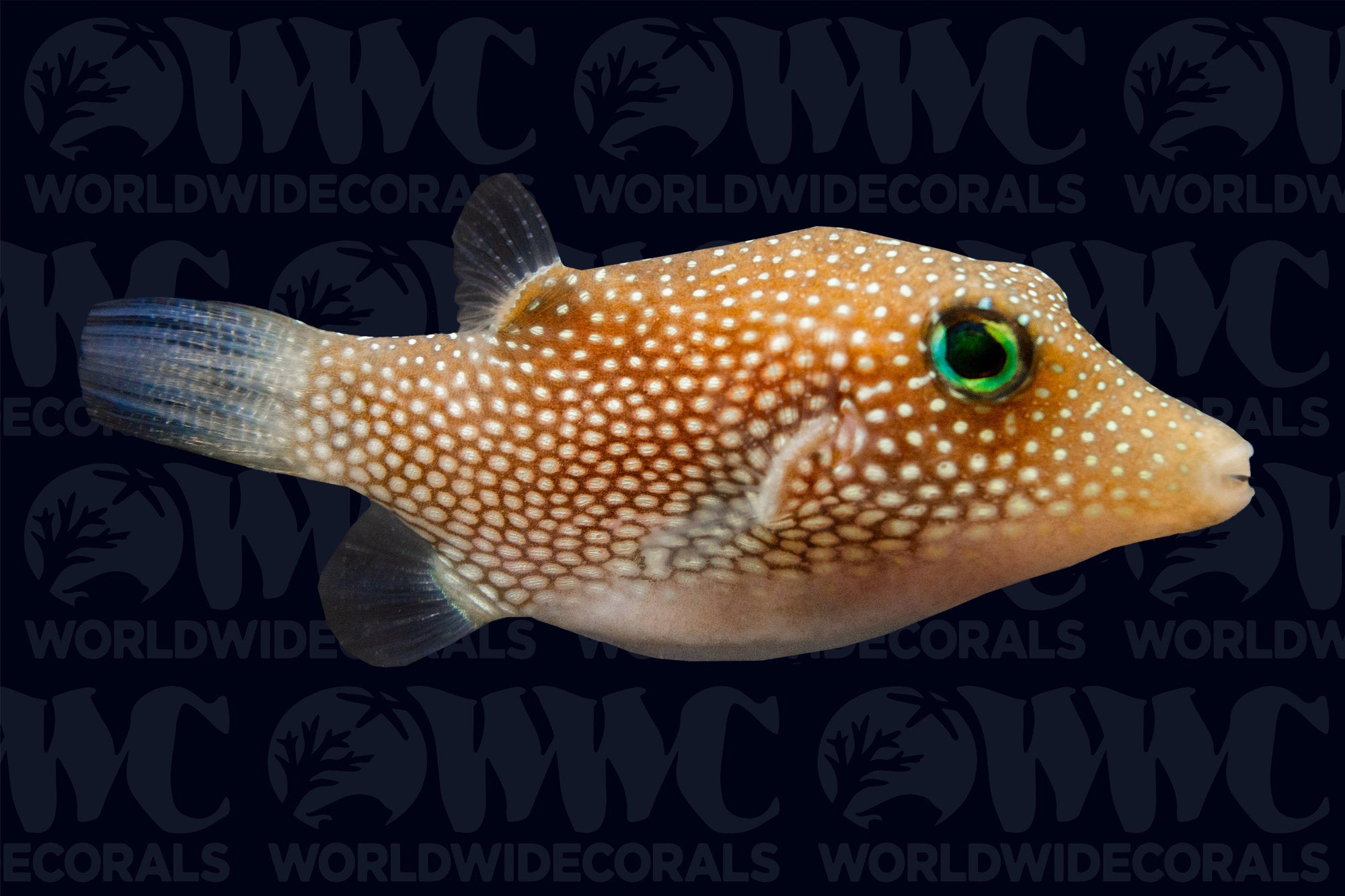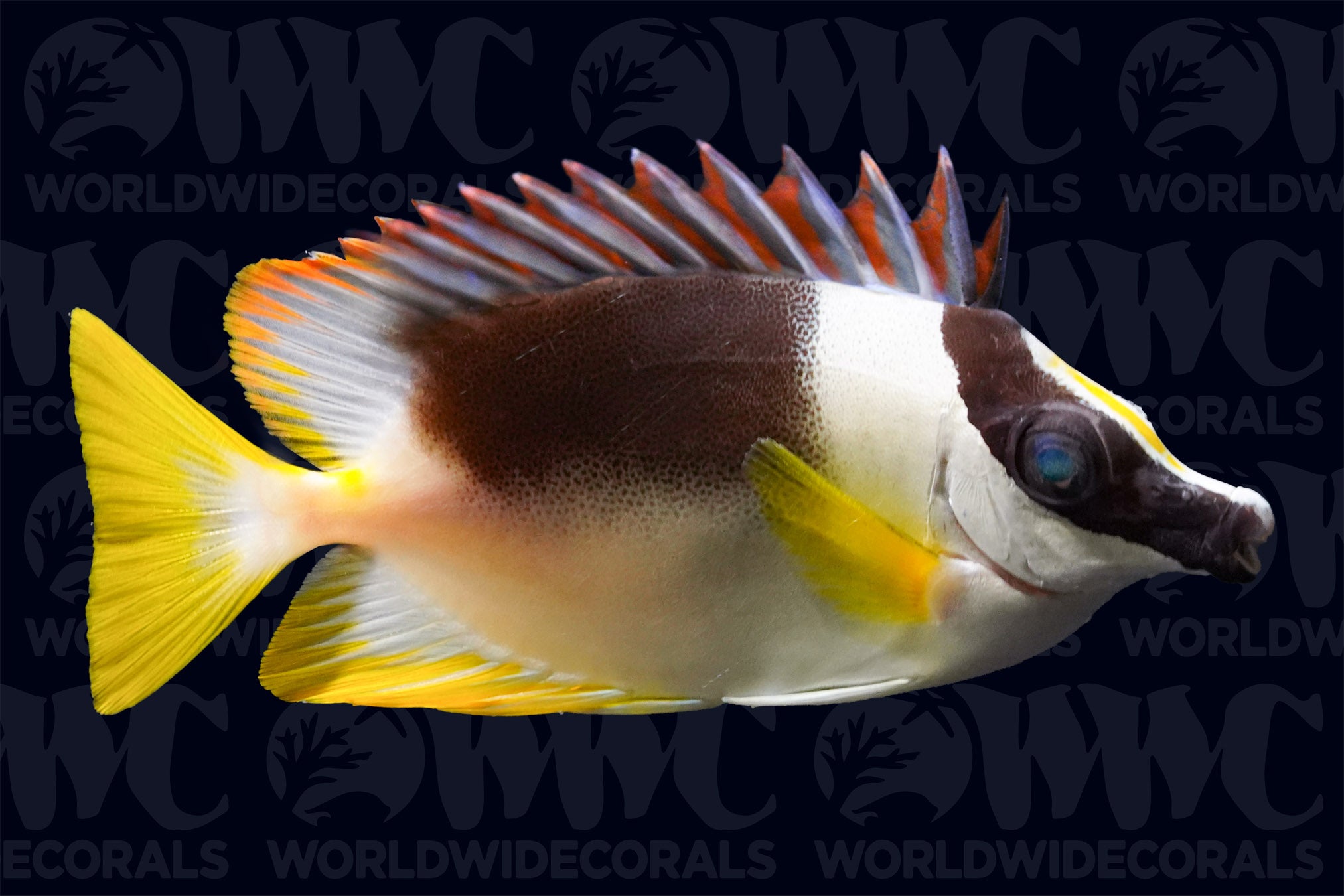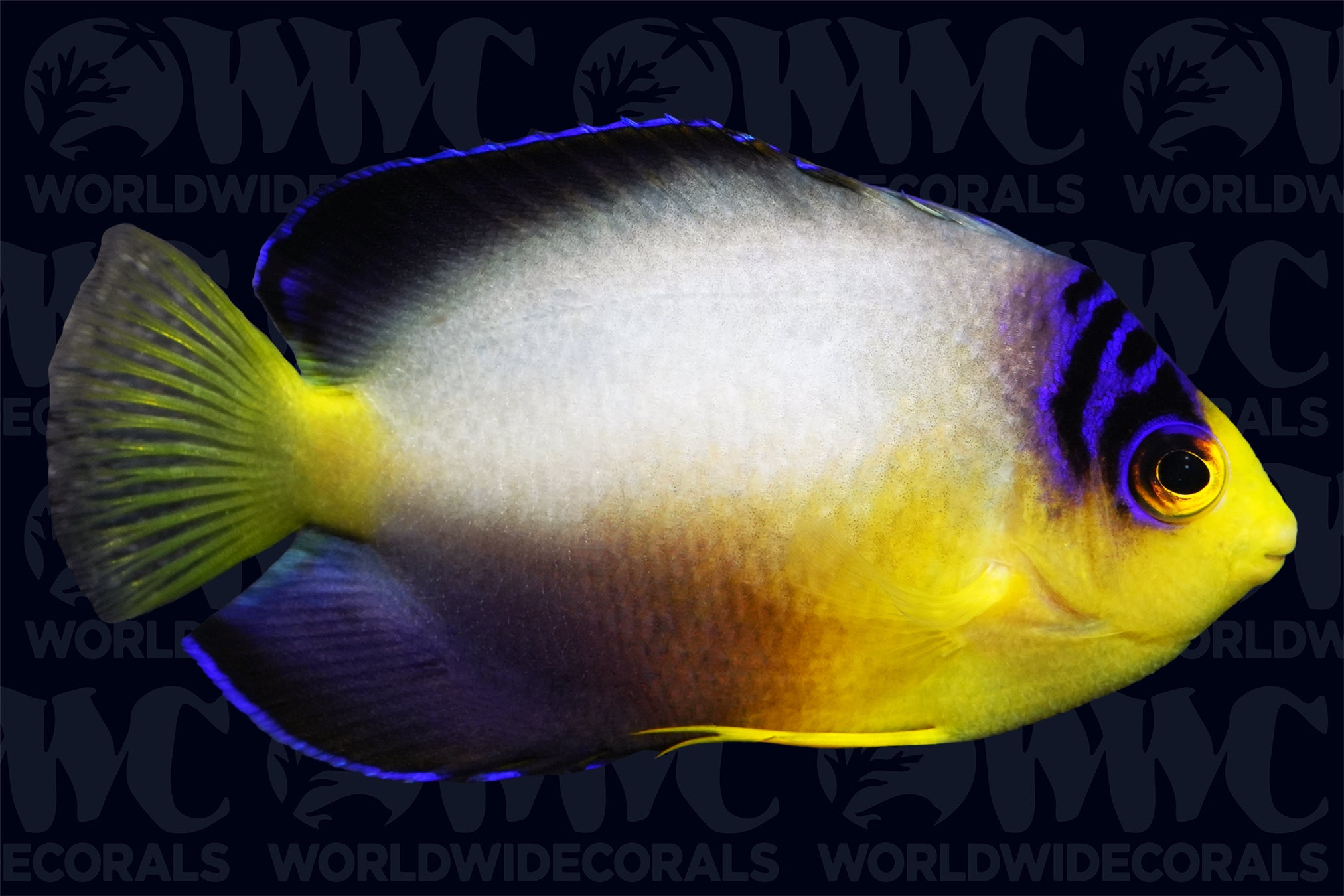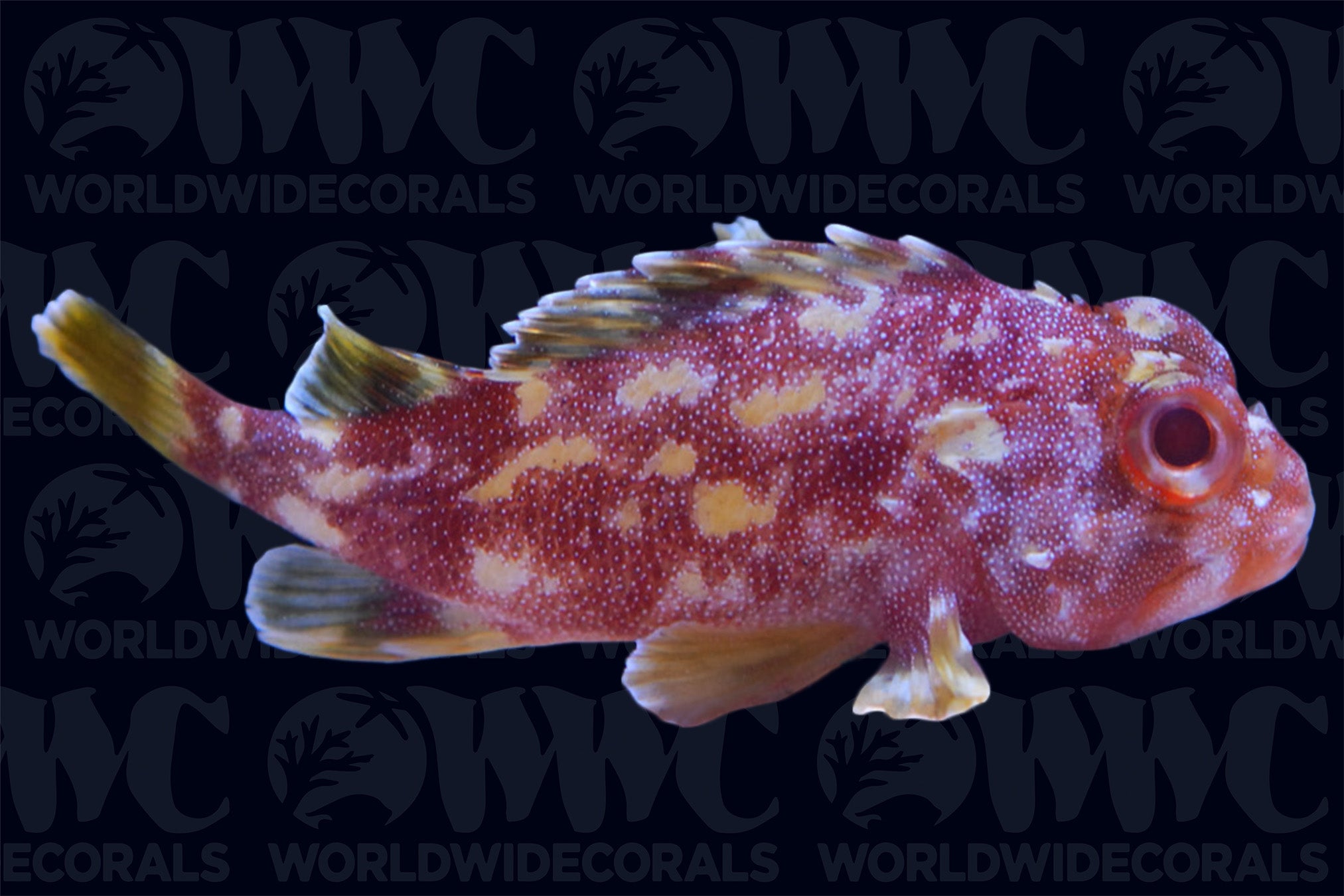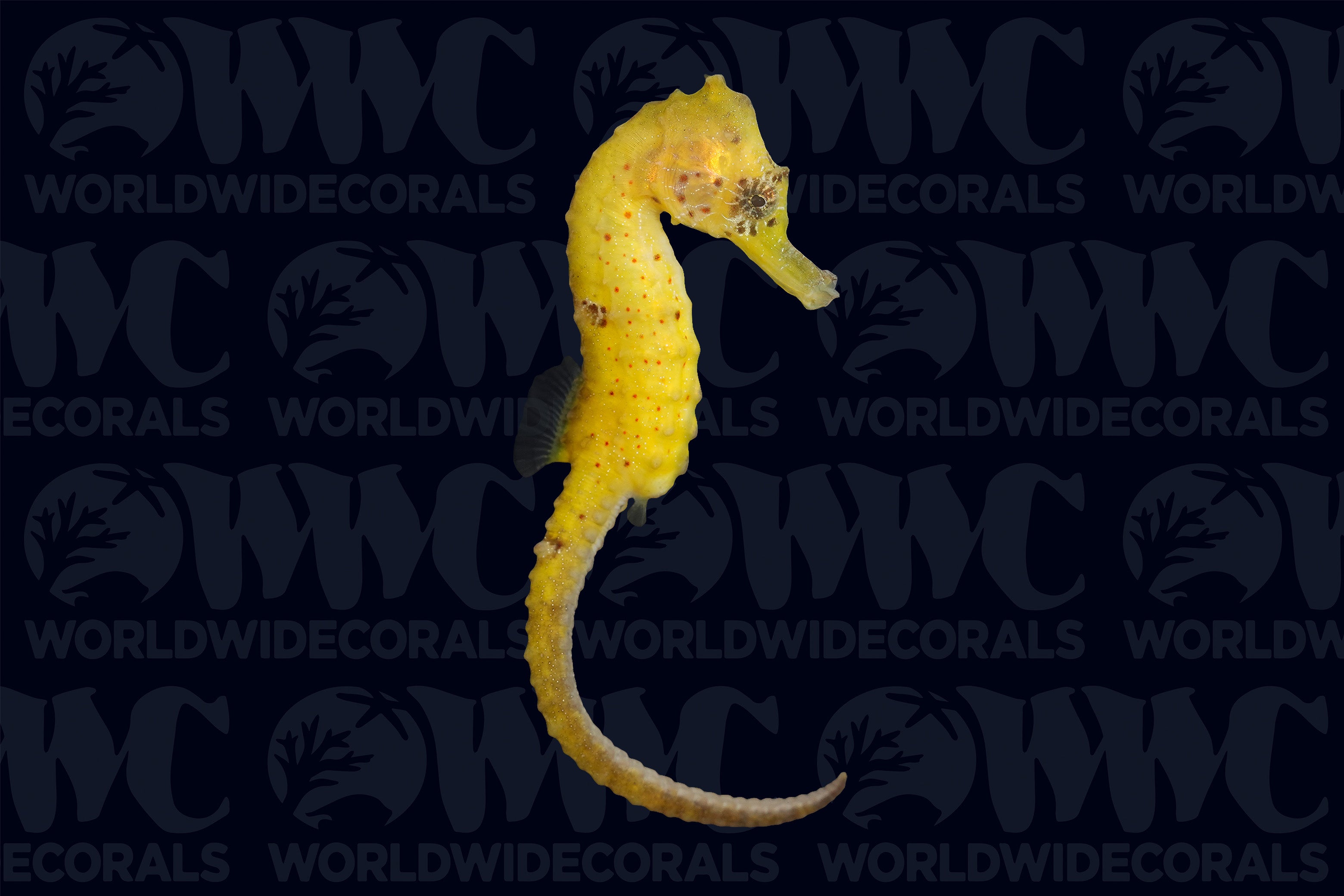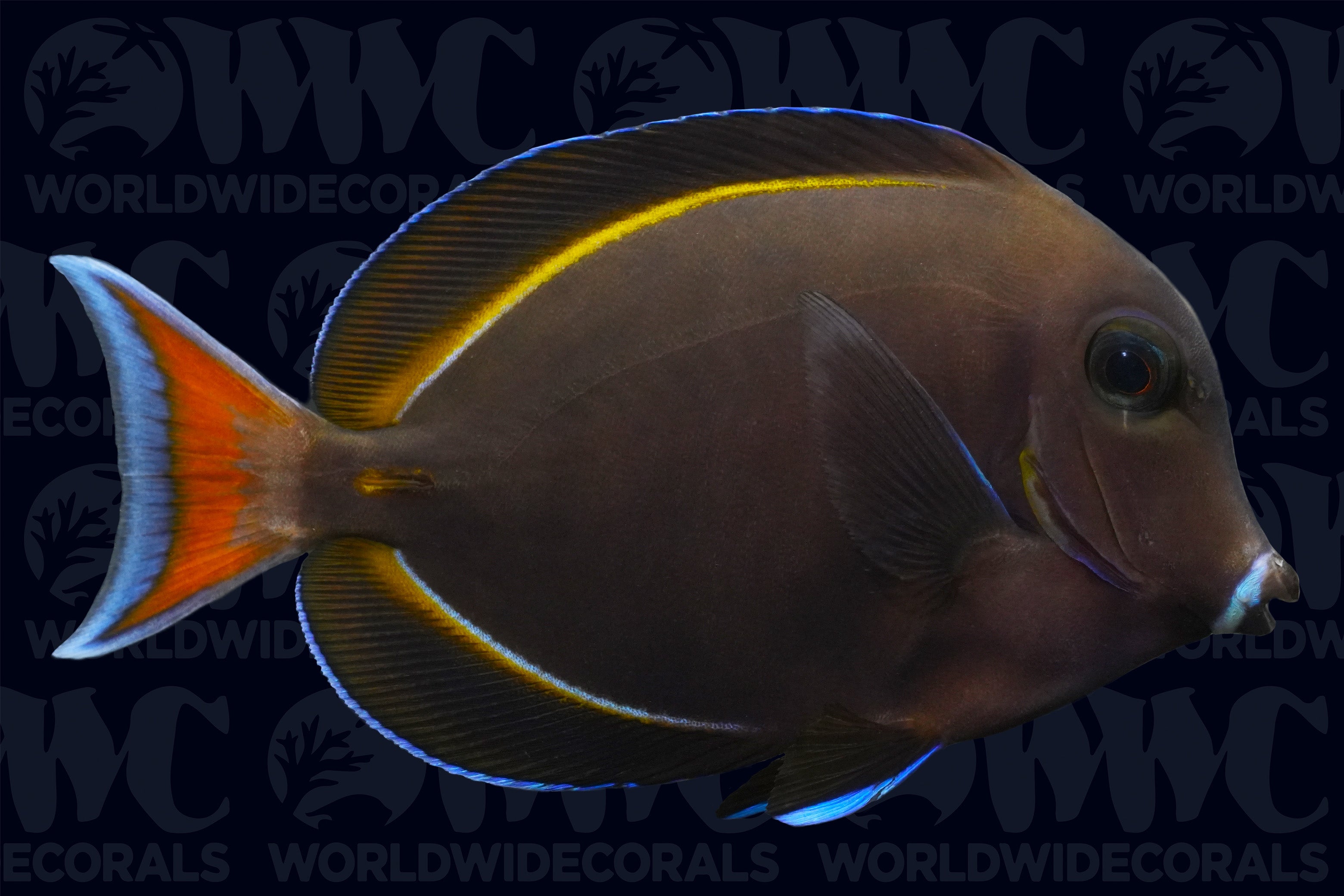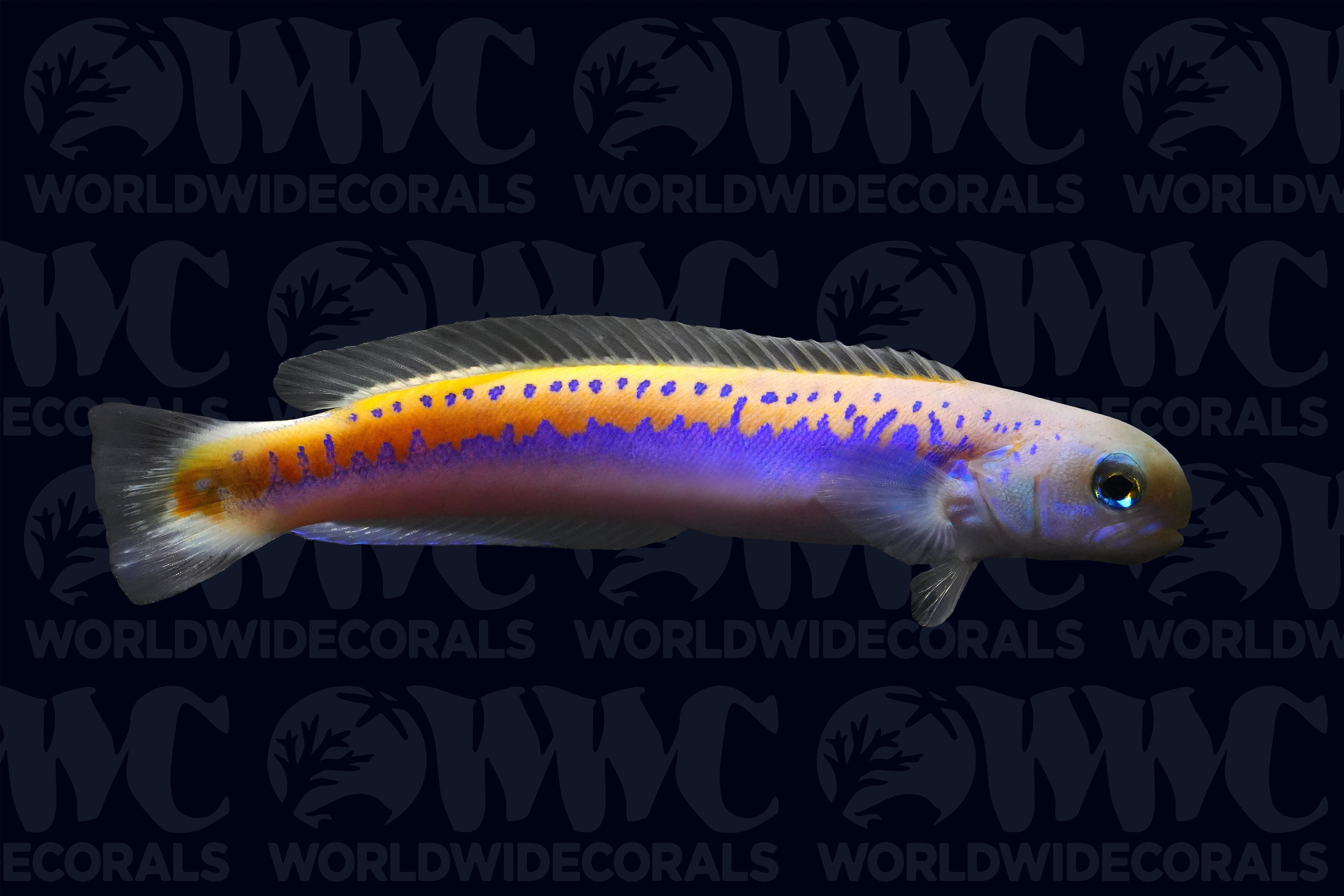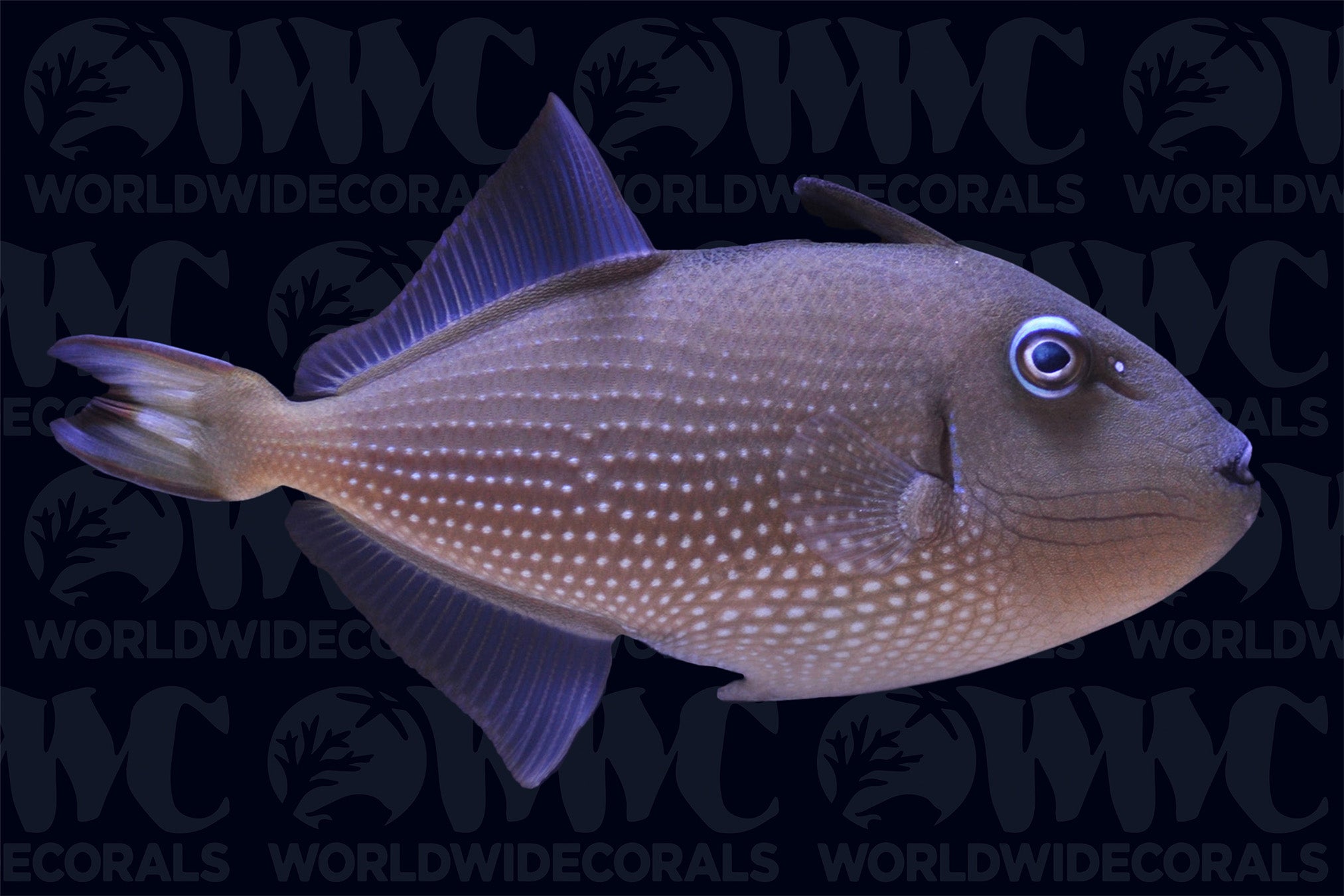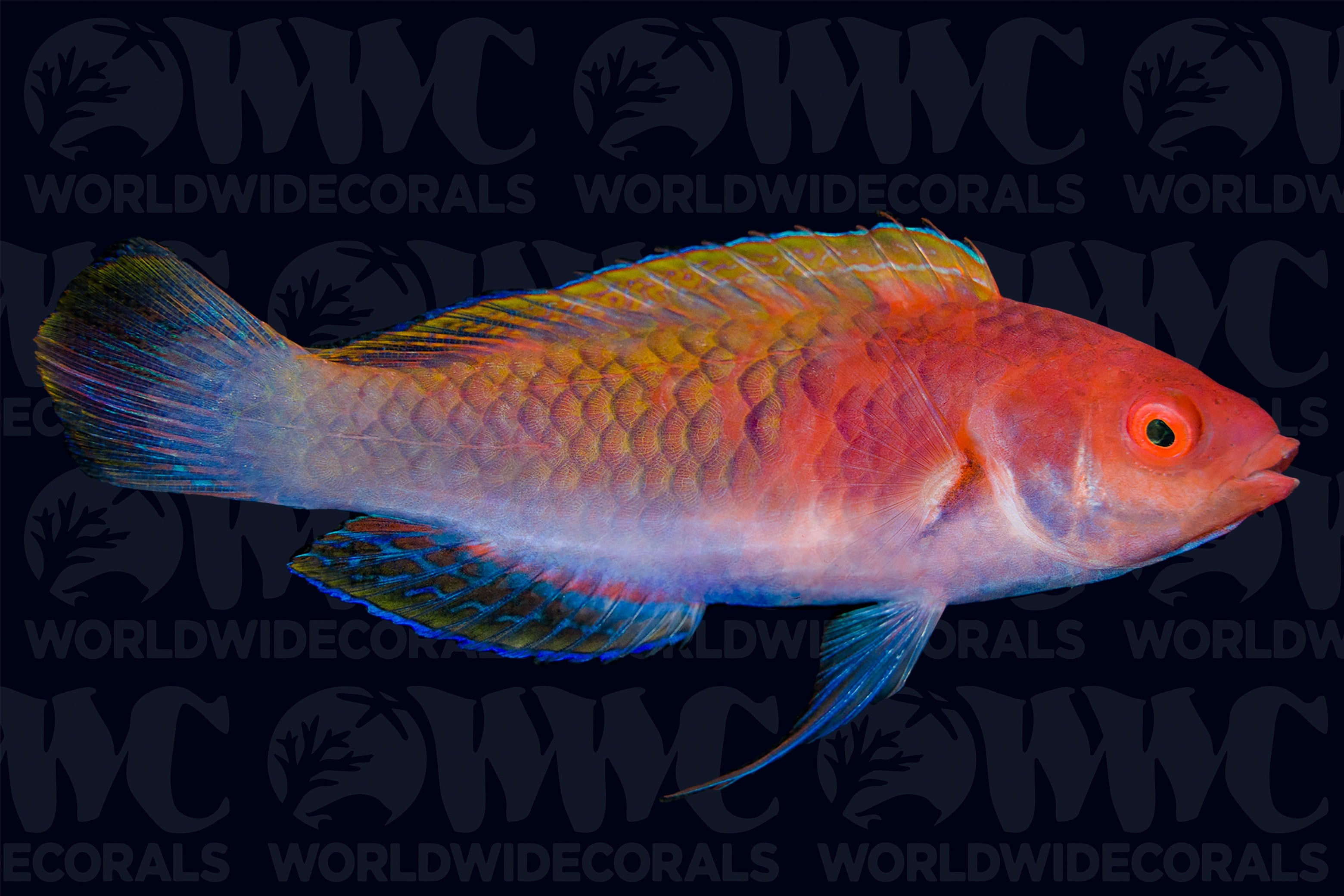Description
Pomacanthus zonipectus
Angelfish come in a large array of colors, patterns and sizes that make them very appealing to all levels of hobbyists. Unlike Centropyge angels, this genus is known for having large adult sizes. Juvenile Angels within this genus start out reef-safe. As they mature, they may begin to nip at clam mantles, stony and soft corals, as well as tubeworms. Cortez Angels may be shy when first being introduced to the aquarium be sure to offer plenty of hiding areas. As they begin to acclimate to their new home, they will begin to establish their own territories. As they mature, they can be slightly aggressive if they feel threatened. Angels possess cheek spines along the edge of their gill covers. Therefore, exercise caution when handling them and refrain from using a net for collection, as they could become entangled or injured during removal. Juvenile Cortez Angels are mainly black with bright yellow vertical stripes. Adults look totally different, with an overall gray color with their middle being a lighter color. Omnivorous by nature, they thrive on a varied diet of frozen foods such as fortified brine and mysis shrimp, and prepared marine Angelfish foods that include sponge, as well as flake foods containing Spirulina and Nori. They should be fed at least twice a day. These Angels typically reach a size of up to 18 inches and should be added to aquariums of 180 gallons or larger for optimal space and comfort. Cortez Angels are commonly found in sandy areas next to rocky reefs near the Eastern Pacific Ocean, typically at depths of up to 100 feet.
Angelfish come in a large array of colors, patterns and sizes that make them very appealing to all levels of hobbyists. Unlike Centropyge angels, this genus is known for having large adult sizes. Juvenile Angels within this genus start out reef-safe. As they mature, they may begin to nip at clam mantles, stony and soft corals, as well as tubeworms. Cortez Angels may be shy when first being introduced to the aquarium be sure to offer plenty of hiding areas. As they begin to acclimate to their new home, they will begin to establish their own territories. As they mature, they can be slightly aggressive if they feel threatened. Angels possess cheek spines along the edge of their gill covers. Therefore, exercise caution when handling them and refrain from using a net for collection, as they could become entangled or injured during removal. Juvenile Cortez Angels are mainly black with bright yellow vertical stripes. Adults look totally different, with an overall gray color with their middle being a lighter color. Omnivorous by nature, they thrive on a varied diet of frozen foods such as fortified brine and mysis shrimp, and prepared marine Angelfish foods that include sponge, as well as flake foods containing Spirulina and Nori. They should be fed at least twice a day. These Angels typically reach a size of up to 18 inches and should be added to aquariums of 180 gallons or larger for optimal space and comfort. Cortez Angels are commonly found in sandy areas next to rocky reefs near the Eastern Pacific Ocean, typically at depths of up to 100 feet.
3 DAY GUARANTEE | Hassle Free | 100% Satisfaction | Online Orders Only


